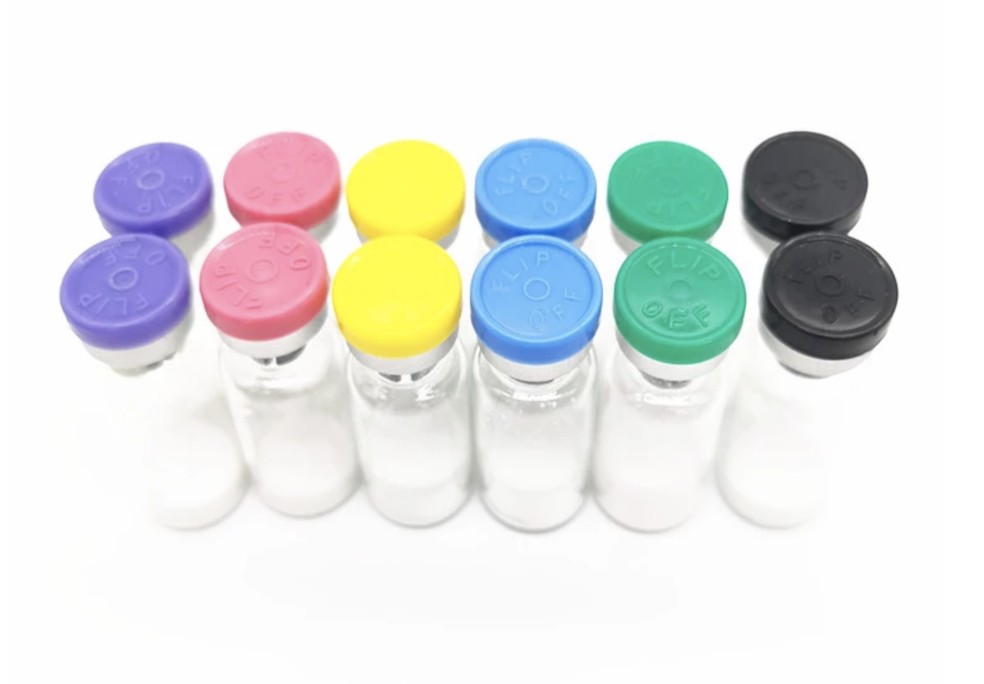Carbetocin Acetate
Volgorde: Butyryl-Tyr(Me)-Ile-Gln-Asn-Cys-Pro-Leu-Gly-NH2 (Sulfide bond between Butyryl-4-yl and Cys)
CAS: 37025-55-1
Voorkoms: Wit poeier
EINECS: 253-312-6
M.F.: C45H69N11O12S
M.W.: 988.17
Specific Optical Rotation D(c=1,1%HAc): -38.0~-42.0°
Waterinhoud(Karl Fischer): ≤5.0%
Asetaat inhoud(deur HPLC): ≤12,0%
Aminosuur samestelling: ±10% van teoreties
Reinheid (deur HPLC): ≥98,0%
Enkele Onreinheid(deur HPLC): ≤1,0%
Peptied inhoud(by N%): ≥80%
Toets(Deur Anhydrous, Asynsuurvry ): 97.0~103.0%
Bakteriese endotoksiene: ≤5EU/mg
Gebruik:An obstetric drug used to control postpartum hemorrhaging.
Carbetocin (HERBERG, BAN) (brand names Duratocin, Pabal, Lonactene, Depotocin, Comoton, Decomoton), or 1-butanoic acid-2-(O-methy-L-tyrosine)-1-carbaoxytocin, is an oxytocic used in obstetrics to control postpartum hemorrhage and bleeding after giving birth, particularly following Cesarean section. It is an eight amino acid long analogue of oxytocin (a nonapeptide) en, in accordance, has a similar action. Carbetocin primarily agonizes peripherally expressed oxytocin receptors.
Carbetocin is an oxytocic used in obstetrics to control postpartum hemorrhage and bleeding after giving birth, particularly following Cesarean section. It is an eight amino acid long analogue of oxytocin (a nonapeptide) en, in accordance, has a similar action. Carbetocin primarily agonizes peripherally expressed oxytocin receptors.






















